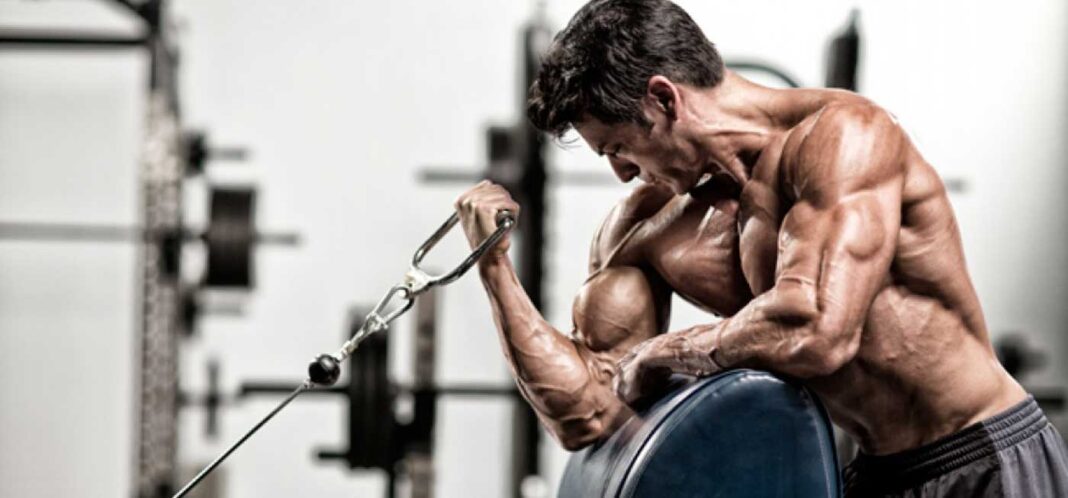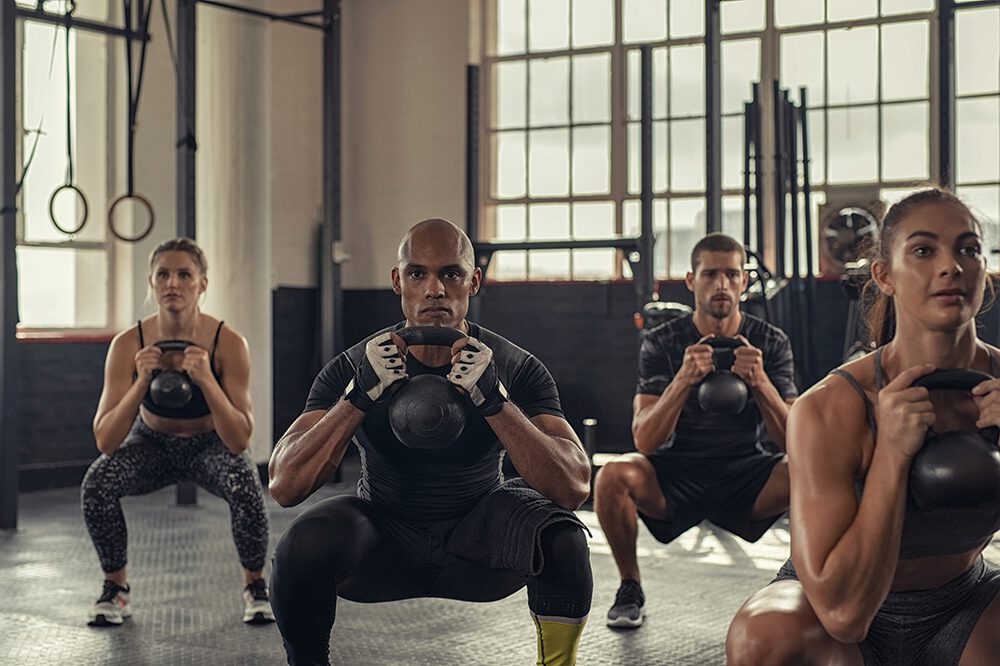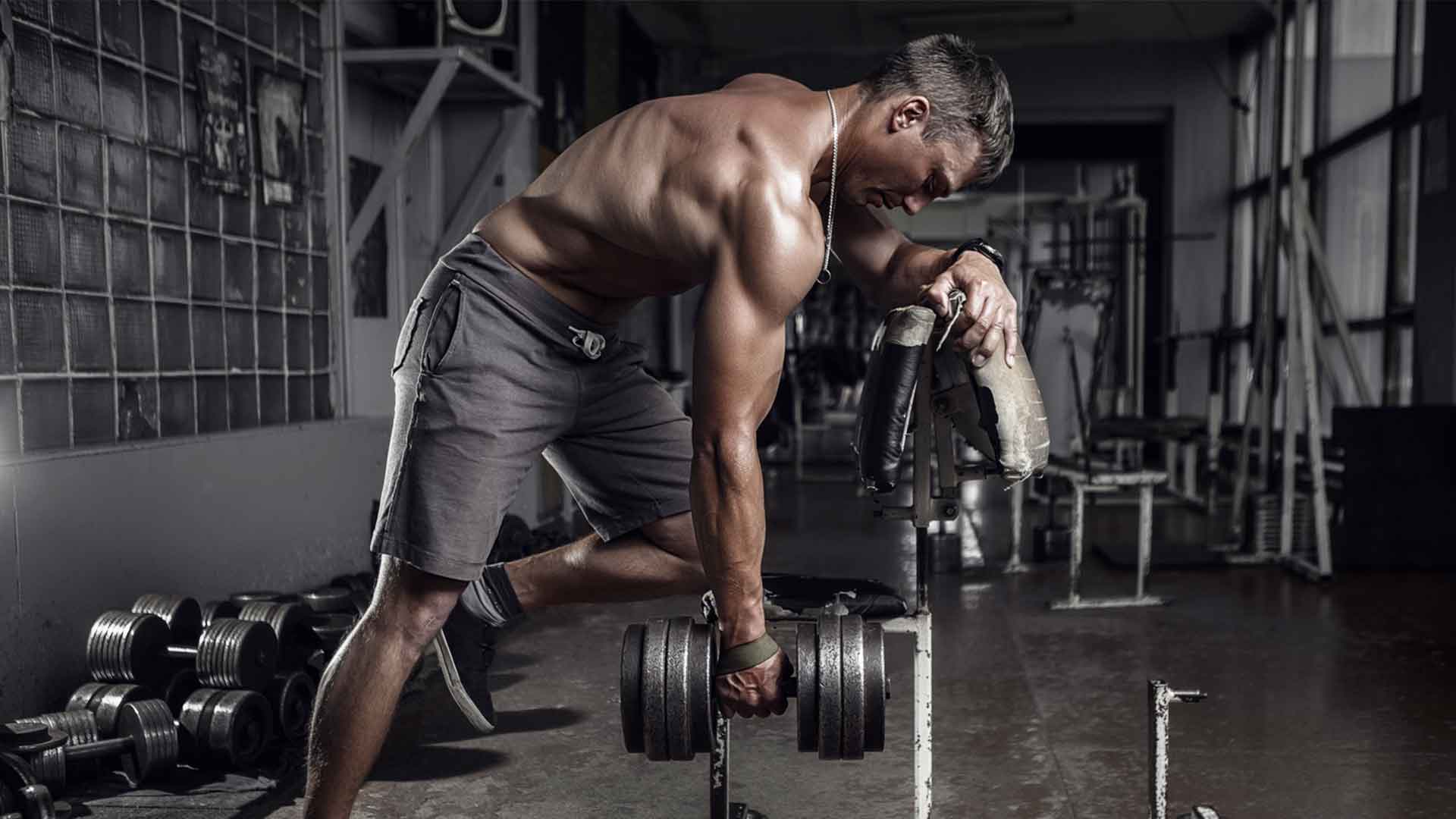Compound vs. Isolation Exercises: Which Builds More Muscle? (And How to Use Both for Maximum Gains)
When it comes to building muscle, one of the most debated topics in the gym is whether you should prioritize compound exercises or isolation movements.
Some lifters swear by heavy squats and deadlifts, while others sculpt impressive physiques with curls, lateral raises, and machine work.
So what’s the truth?
Both compound and isolation exercises have a place in a smart muscle-building program—but knowing when and how to use each can make the difference between hitting plateaus and making real, consistent progress.
This in-depth guide breaks down:
- What compound and isolation exercises are
- The benefits and limitations of each
- What science says about their muscle-building potential
- How to combine both for optimal size, strength, and aesthetics
What’s the Difference Between Compound and Isolation Exercises?
✅ Compound Exercises
These movements involve multiple joints and muscle groups working together. They mimic natural movement patterns and are typically done with free weights or body weight.
Examples:
- Barbell Squat
- Bench Press
- Deadlift
- Pull-Ups
- Overhead Press
- Rows
These exercises are the foundation of most strength training programs due to their ability to stimulate large amounts of muscle mass and improve full-body coordination.
✅ Isolation Exercises
These movements target a single joint and focus on one specific muscle group. Isolation exercises are great for refining and shaping muscles, correcting imbalances, and enhancing the mind-muscle connection.
Examples:
- Bicep Curls
- Triceps Pushdowns
- Lateral Raises
- Leg Extensions
- Hamstring Curls
- Calf Raises
These are often used later in a workout or in programs with a hypertrophy or rehabilitation focus.
Why Compound Exercises Are the Cornerstone of Muscle Building
There’s a reason compound movements are a staple in nearly every elite training program: they deliver maximum return on effort.
🔹 1. They Recruit More Muscle
Let’s take the squat as an example. It’s not just a leg exercise—it involves:
- Quads
- Glutes
- Hamstrings
- Core
- Lower back
- Even your upper back and shoulders for stabilization
This means more overall mechanical tension, which is one of the key drivers of hypertrophy (muscle growth).
🔹 2. They Build Functional, Real-World Strength
Compound lifts mirror the way your body moves in everyday life—standing up, lifting, pulling, pushing. They improve inter-muscular coordination, teaching muscle groups to work together, which is essential for building functional strength.
🔹 3. They’re Time-Efficient
Short on time? One set of deadlifts can work more muscle than several sets of isolation moves. This makes compounds incredibly efficient, especially in full-body or upper/lower splits.
🔹 4. They Trigger a Greater Hormonal Response
Because they recruit more muscle and allow heavier loads, compound lifts stimulate the release of key anabolic hormones, such as:
- Testosterone
- Growth Hormone
- Insulin-like Growth Factor 1 (IGF-1)
According to Kraemer & Ratamess (2005), this hormonal response is directly linked to muscle and strength gains, particularly when training with high intensity and sufficient volume.
Where Isolation Exercises Shine
Despite the power of compound movements, isolation exercises are far from useless. In fact, they are essential for complete muscular development and injury prevention—especially as you become more advanced.
🔹 1. They Help Fix Weak Points
Let’s say your bench press progress stalls. The issue might not be the bench itself—it could be weak triceps, anterior deltoids, or even poor scapular stability. Isolation exercises allow you to laser-target these areas for growth and strength.
🔹 2. They Improve Muscle Symmetry
Muscular imbalances—where one side is stronger or larger than the other—are common. Isolation exercises, especially unilateral variations like single-arm dumbbell curls or leg extensions, can help correct these discrepancies and improve your physique and performance.
🔹 3. They Enhance Mind-Muscle Connection
Focusing on a single muscle improves your neuromuscular control. This is especially helpful for beginners learning proper form and advanced lifters trying to increase muscle fiber recruitment during exercises.
🔹 4. They Reduce Joint Stress
Heavy compound movements place a significant load on the spine, knees, hips, and shoulders. On days when you’re fatigued or recovering, isolation exercises allow you to train productively with less stress on your central nervous system (CNS) and joints.
What the Science Says
📚 Schoenfeld et al. (2015)
This study found that both compound and isolation exercises contribute to hypertrophy, though compound lifts are superior for building overall strength.
However, adding isolation movements to a well-structured program can enhance hypertrophy and muscle definition when used strategically.
📚 Barbalho et al. (2019)
This research compared groups doing only compound movements vs. those combining compounds with isolation work.
The result? No significant difference in strength gains, but the group doing both showed slightly better muscle size and balance, particularly in small muscle groups like arms and shoulders.
🔑 Bottom line:
You can build a great physique with compound lifts alone—but adding isolation work helps you refine, balance, and personalize your development.
How to Combine Compound and Isolation Exercises for Maximum Muscle Growth
The best programs don’t force you to choose—they use both compound and isolation exercises in harmony. Here’s how to do it:
🔁 Use the “Compound First, Isolation After” Model
Start your workout with heavy, technical compound lifts while your energy and focus are at their peak. Then, use isolation movements to increase volume, correct imbalances, or burn out a muscle group.
💪 Example: Full Upper Body Day
- Barbell Bench Press – 4 sets of 6 reps
- Pull-Ups – 3 sets to failure
- Overhead Dumbbell Press – 3 sets of 8 reps
- Seated Cable Row – 3 sets of 10 reps
- Dumbbell Curls – 3 sets of 12 reps
- Lateral Raises – 3 sets of 15 reps
In this format, you start with heavy, functional movements and finish with focused hypertrophy work.
🧠 In Our 4-Day Full-Body Program, This Method Is Built-In
Our plan uses a blend of:
- Primary compound lifts (squats, presses, rows, pulls)
- Accessory isolation movements (curls, pushdowns, leg curls, etc.)
- Strategic volume and intensity cycling
You get the best of both worlds: strength and structure from compound movements, and shape and polish from isolation work.
When to Emphasize One Over the Other
| Goal | Focus More On | Why |
| Build max strength | Compound lifts | Heavier loads, CNS stimulation, full-body neuromuscular coordination |
| Maximize hypertrophy | Mix of compound + isolation | Higher total volume, targeted muscle fatigue |
| Injury rehab | Isolation movements | Safer joint control, precise load targeting |
| Fat loss/body recomposition | Compounds + light isolation | High energy expenditure, better time efficiency |
Common Mistakes to Avoid
Even with the right exercises, poor execution can hold back your results. Here are mistakes to avoid:
❌ Skipping Isolation Work
Even if your program is compound-heavy, don’t neglect smaller muscles. Well-developed arms, shoulders, and hamstrings matter for aesthetics and function.
❌ Over-relying on Isolation
Isolation exercises are not a replacement for big lifts. You won’t build thick legs with just leg extensions. Use isolation to complement, not replace, compound work.
❌ Poor Exercise Order
Doing curls or shoulder raises before heavy rows or presses can sap your energy and compromise performance. Always start with the most demanding lifts.
❌ Lifting Too Light or Too Heavy
Whether you’re doing compound or isolation work, you need to train with sufficient intensity. Challenge your muscles within 1–3 reps of failure on most working sets for hypertrophy.
Final Thoughts: You Don’t Need to Choose—You Need Balance
The debate between compound and isolation exercises is a false dilemma. You don’t need to pick one and ignore the other. Instead, you need to understand their unique roles and combine them intelligently.
✅ Use compound lifts to:
- Build foundational strength
- Recruit multiple muscle groups
- Stimulate growth across your entire body
✅ Use isolation movements to:
- Enhance weak points
- Improve muscle symmetry
- Increase total volume without overloading your CNS
Whether you’re a beginner trying to learn the basics or an advanced lifter aiming to sculpt the last few percent of your physique, the smart integration of both compound and isolation exercises will help you train more effectively—and build more muscle.
References
- Kraemer, W.J. & Ratamess, N.A. (2005). “Hormonal responses and adaptations to resistance exercise and training.” Sports Medicine.
- Schoenfeld, B.J. (2015). “The Mechanisms of Muscle Hypertrophy and Their Application to Resistance Training.” Journal of Strength and Conditioning Research.
- Barbalho, M. et al. (2019). “Evidence for an upper threshold for resistance training volume in trained women.” European Journal of Sport Science.






